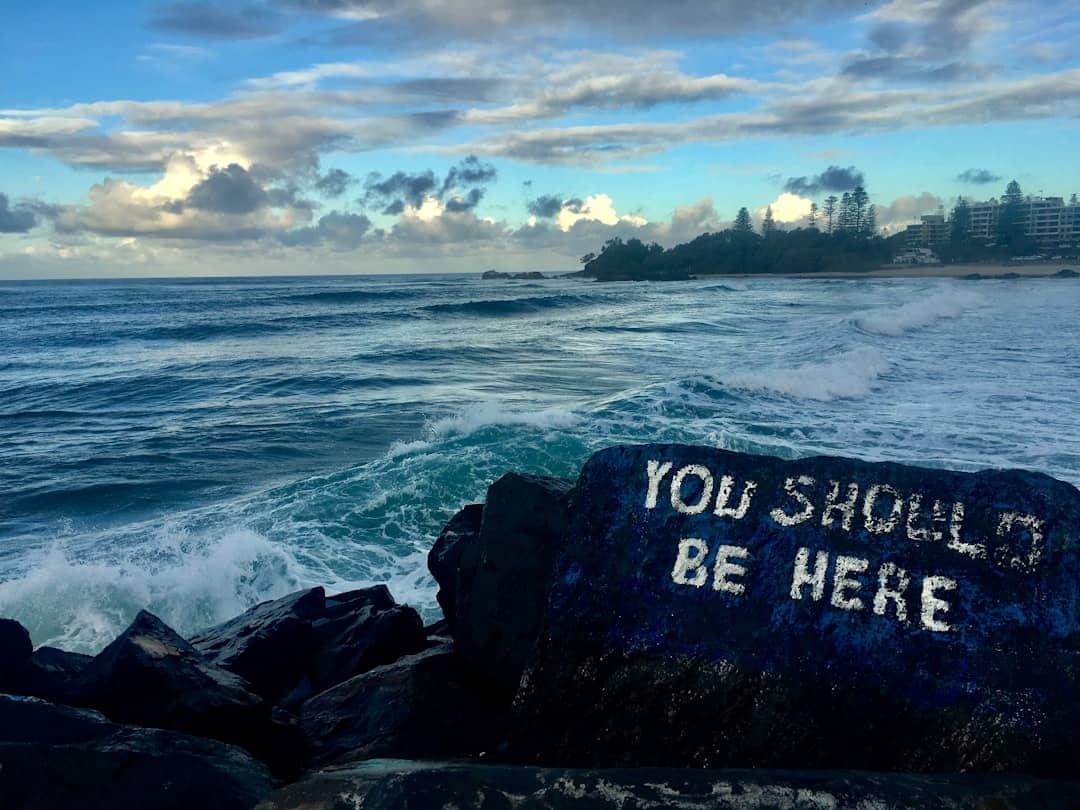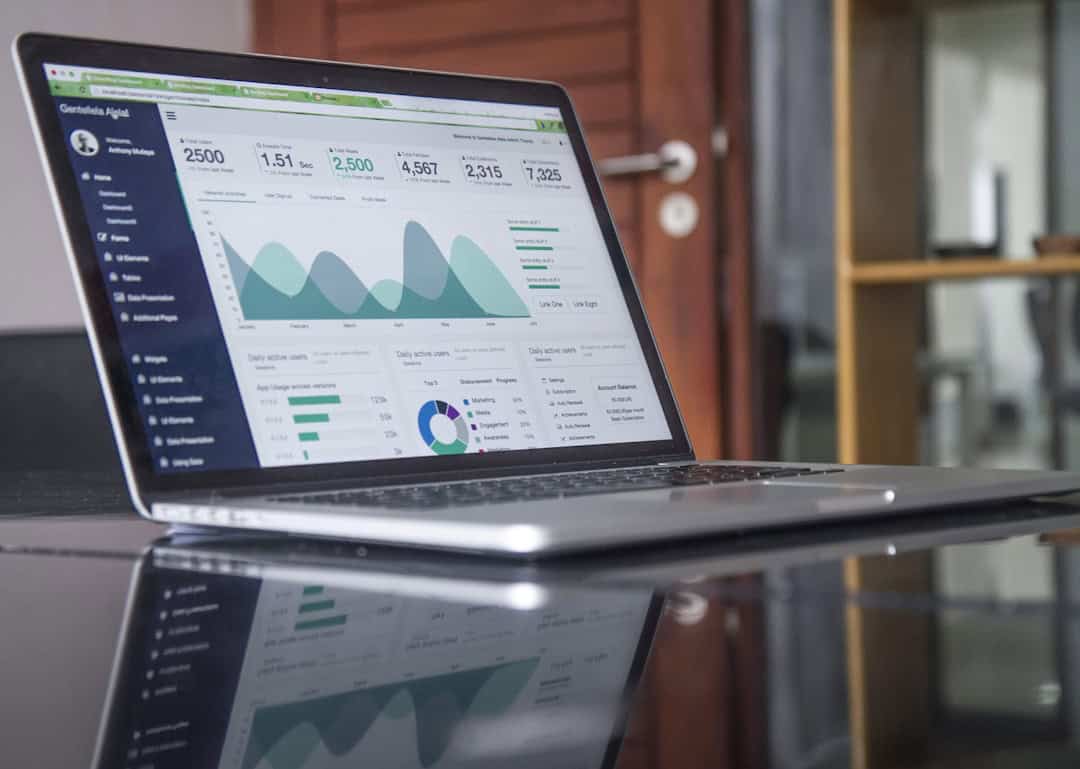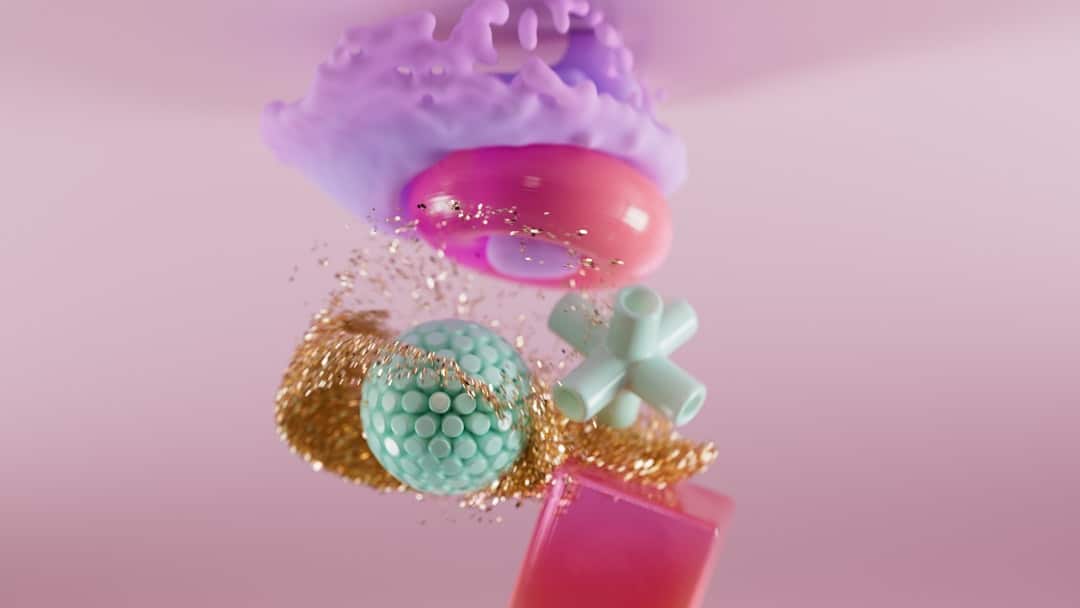Neural networks have been instrumental in the artificial intelligence (AI) revolution that has occurred over the past few years. Though the idea of artificial intelligence has been around for a while, real progress has only lately been made. This advancement can be ascribed to the creation of more complex algorithms, better computing power, & greater data availability. As a result, AI is now essential to many sectors, including banking, transportation, and healthcare.
Key Takeaways
- Artificial Intelligence is rapidly growing and becoming more integrated into various industries and aspects of daily life.
- Neural networks are a key component of AI, designed to mimic the human brain’s ability to learn and adapt.
- Neural networks have a wide range of applications, from image and speech recognition to medical diagnosis and financial forecasting.
- Advancements in neural network technology, such as deep learning and reinforcement learning, are pushing the boundaries of what AI can achieve.
- The ethical implications of AI, including issues of privacy, bias, and job displacement, are important considerations as the technology continues to develop.
The emergence of artificial intelligence (AI) has spurred discussions about how it might affect society and the labor market. Opinions are split between those who see AI as a threat to human employment and those who see it as a source of new opportunities & increased productivity across industries. neural networks, which are essential parts of many AI systems, were developed as a result of the advancement of artificial intelligence. Neural networks are intended to mimic the information processing techniques of the human brain, allowing them to learn from data and make decisions based on that knowledge. Neural networks are especially well-suited for tasks like speech and picture recognition, natural language processing, and autonomous driving because of their ability to learn and adapt.
Neural networks are now indispensable tools for many AI applications, which is fueling the field’s explosive growth. We may expect even more cutting-edge AI applications in the future thanks to continuous developments in neural network technology. One class of machine learning algorithms that draws inspiration from the composition and operations of the human brain is neural networks. They are made up of networked nodes, sometimes known as “neurons,” which process and interpret data in concert with one another.
These neurons are arranged into layers, with a distinct job for each layer in the data processing pipeline. The original data is received by the input layer, after which it moves through one or more hidden layers for processing and transformation. The output layer then generates the analysis result from the neural network. Neural networks can be taught from data and use that data to predict the future or make decisions based on this structure.
| Metrics | Values |
|---|---|
| Accuracy | 95% |
| Precision | 90% |
| Recall | 85% |
| F1 Score | 92% |
Neural networks’ capacity to learn from experience is one of its primary characteristics. This is accomplished by exposing the network to a lot of labeled data during a process known as “training,” during which it modifies its internal parameters to reduce prediction errors. Neural networks can identify patterns in data and generate precise predictions even with novel, unseen data thanks to this process. Neural networks have consequently emerged as a crucial tool for applications like autonomous driving, natural language processing, and image and speech recognition.
These kinds of difficult jobs are especially well-suited for them because of their capacity to learn from & adapt to data, and the rapid advancement of AI has been fueled by their advancement. Because neural networks can learn from data and make decisions based on that information, they have many applications in a variety of industries. Utilizing neural networks to recognize objects and patterns in images is one of the most well-known uses for these systems.
This technology has been widely used in a variety of industries, including security systems (where facial recognition is employed) and healthcare (where medical imaging analysis is performed). Also, neural networks are used in speech recognition, which enables smart speakers and smartphones to comprehend and react to human speech. Neural networks are utilized not only for image & speech recognition but also for natural language processing, which enables computers to comprehend & produce human language.
Language translation, sentiment analysis, & chatbots are just a few of the uses for this technology. In order to teach autonomous cars to detect and react to obstacles and traffic patterns, neural networks are also utilized in these vehicles. Neural networks have the potential to revolutionize multiple industries, as demonstrated by these applications that showcase their versatility. Growing computing power, the availability of large datasets, and the creation of increasingly complex algorithms have all contributed to the advancements in neural network technology. Training neural networks with multiple hidden layers is known as deep learning, & it is one of the major advances of the past few years. Accuracy and performance have significantly improved with this approach, which has proven to be highly effective for tasks like image & speech recognition.
Convolutional neural networks (CNNs), which are tailored for processing visual data like images & videos, are a significant development in neural network technology. CNNs are now widely used in industries like healthcare, automotive, & entertainment for tasks like object recognition, image classification, and video analysis. Advances in reinforcement learning—which trains neural networks to make decisions based on input from their environment—have been made in addition to deep learning and CNNs. This strategy has proven especially effective in fields like robotics and gaming, where neural networks are trained to carry out intricate tasks in dynamic settings.
Important ethical questions about AI and neural networks’ potential effects on society have been brought up by their rise. Due to AI’s ability to automate numerous jobs currently done by humans, one of the main concerns is how this may affect employment. This could result in a large-scale loss of employment & economic instability, especially for those employed in routine or low-skilled jobs.
Because AI systems are trained on historical data, which may reflect prevailing societal biases, there are worries regarding the possibility of bias and discrimination in these systems. The possibility for AI to violate people’s right to privacy is another ethical concern, especially in contexts where it’s used in surveillance & face recognition software. Concerns exist regarding the possibility of AI being abused to spread false information or sway public opinion, for example, by producing deepfake films or fake news. Apart from these worries, the application of AI in healthcare poses ethical questions as it can potentially enhance patient outcomes, but it also brings up significant concerns regarding patient privacy & consent. These moral ramifications emphasize how important it is to carefully assess how artificial intelligence will affect society & create rules and regulations to make sure the technology is applied appropriately.
Problems with Data. Neural network training requires a lot of labeled data, which is one of the main obstacles. This can be especially difficult for tasks where labeled data may be hard to come by or prohibitively expensive, like medical imaging analysis or language translation. Transparency and Interpretability.
The “black box” nature of neural networks presents another difficulty since it is challenging to comprehend how they make decisions. In industries like healthcare & finance where interpretability & transparency are crucial, this can be a serious drawback. Tasks related to computation and robustness.
Neural networks encounter computational difficulties as well because training sophisticated models can demand a large amount of energy & computing power. For researchers with limited funding or smaller organizations, this could be a barrier. Also, there are restrictions on the neural networks’ resilience and capacity for generalization. Their performance in practical applications may be impacted by their sensitivity to adversarial attacks or modifications in the input data. Neural network technology has a bright future ahead of it in terms of AI developments.
Creating more effective algorithms that can use available resources more effectively & require less data for training is one area of focus. This may assist in resolving some of the issues with data accessibility and processing demands. Enhancing neural networks’ interpretability & transparency so that they can explain their decisions is another field of study. This has the potential to increase AI systems’ credibility and better fit them for uses where openness is crucial.
The development of stronger, more resilient neural networks that function well in dynamic environments & are less vulnerable to hostile attacks is another area of ongoing research. All things considered, neural networks have a bright future ahead of them when it comes to AI technological breakthroughs that could transform a number of industries & enhance our daily lives. Nonetheless, in order to guarantee that neural networks are created and used responsibly, it will be crucial to address the ethical issues and problems surrounding them.
One interesting article related to artificial intelligence and neural networks is “Future Trends and Innovations in the Metaverse: Evolving User Experiences” which discusses how AI and neural networks are being used to create more immersive and interactive experiences within the metaverse. The article explores how these technologies are shaping the future of virtual environments and the potential impact on various industries. To read more about it, you can check out the article here.
FAQs
What is artificial intelligence (AI)?
Artificial intelligence (AI) refers to the simulation of human intelligence in machines that are programmed to think and act like humans. It involves the development of computer systems that can perform tasks that typically require human intelligence, such as visual perception, speech recognition, decision-making, and language translation.
What are neural networks?
Neural networks are a set of algorithms, modeled loosely after the human brain, that are designed to recognize patterns. They interpret sensory data through a kind of machine perception, labeling or clustering raw input.
How do neural networks work in artificial intelligence?
In artificial intelligence, neural networks are used to recognize patterns and interpret sensory data through a kind of machine perception. They are designed to process data in a way that is similar to how the human brain processes information.
What are the applications of artificial intelligence and neural networks?
Artificial intelligence and neural networks have a wide range of applications, including speech recognition, image recognition, natural language processing, autonomous vehicles, medical diagnosis, and financial forecasting. They are also used in industries such as healthcare, finance, manufacturing, and transportation.
What are the benefits of artificial intelligence and neural networks?
The benefits of artificial intelligence and neural networks include improved efficiency, accuracy, and productivity in various tasks and industries. They also have the potential to automate repetitive tasks, make better decisions, and provide valuable insights from large datasets.











Leave a Reply